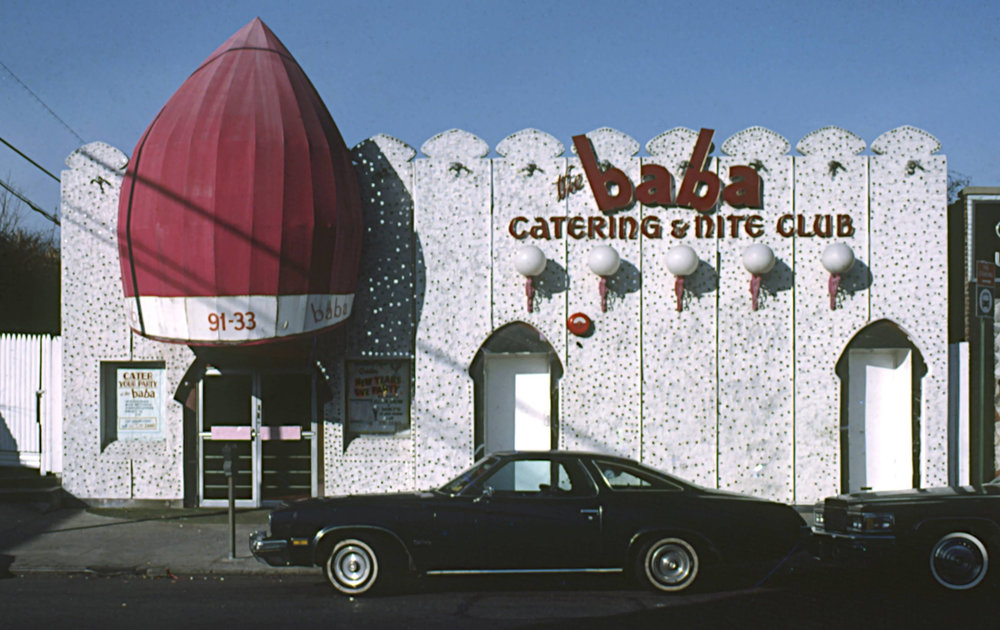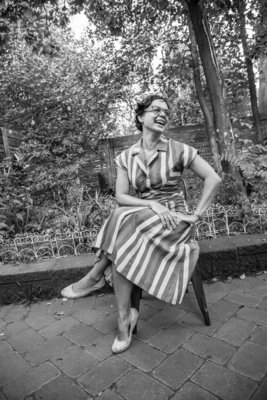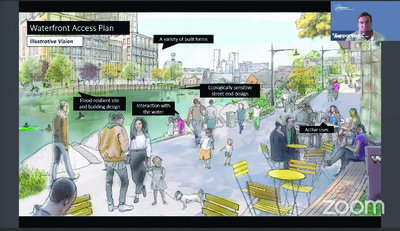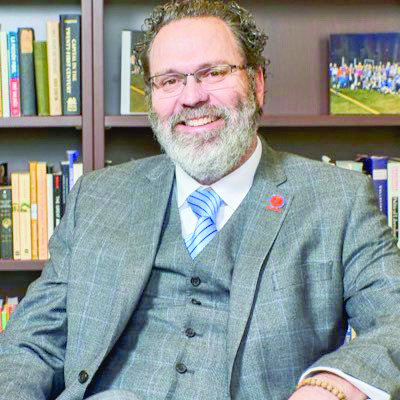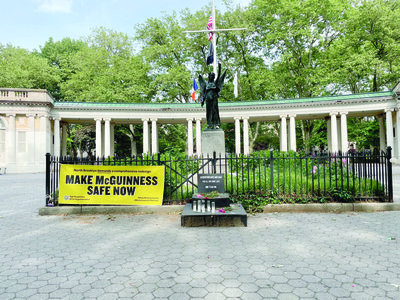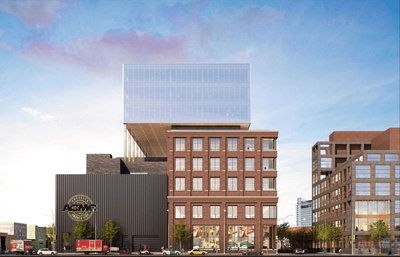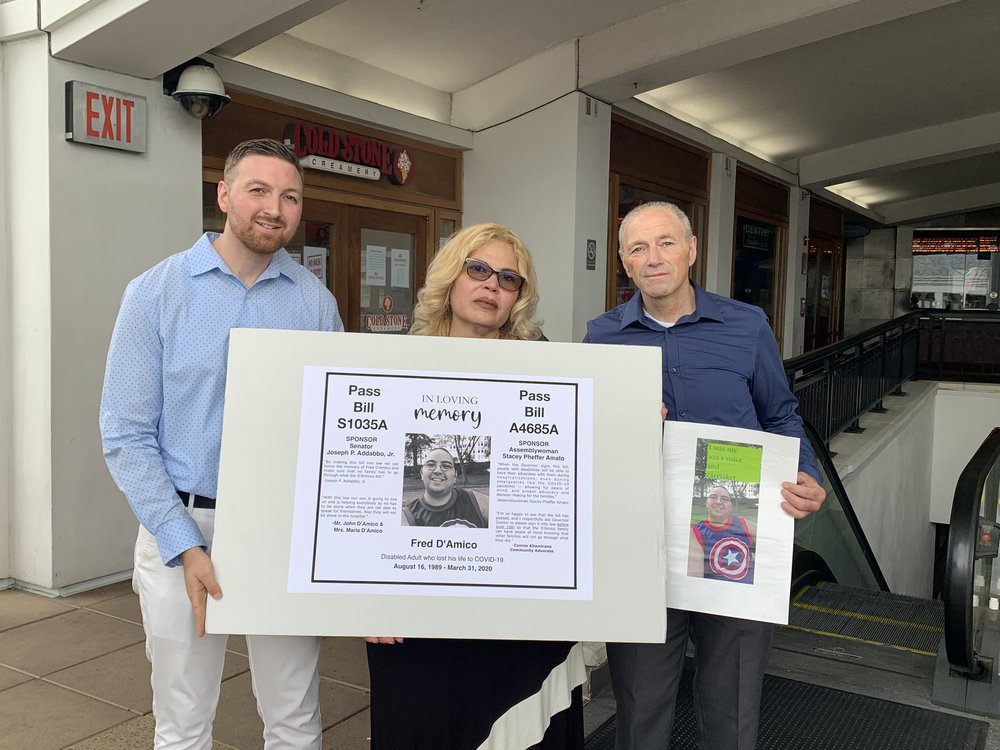Dough Doughnuts Grand Opening in Astoria
Dough Doughnuts (Dough), a beloved donut shop with locations in Prospect Heights, Brooklyn and Flat Iron, Manhattan opened a new location in Astoria last weekend on May 29.
All weekend, lines snaked up and down the block as locals were buzzing with anticipation of the new addition, which is located on 21-70 31st street.
“I practically saw the line from a mile away,” said local resident Ian Martin, as he stepped out of the shop, donuts in hand. “I needed to check it out. I can’t wait to get home and try these,” he laughed.
Customers watched in awe of the unique glazing process being performed behind the window. Dough has over 30 flavors of over-sized brioche style doughnuts, prepared in small batches throughout the day. Their unique flavors include dulce de leche with almonds, hibiscus, lemon berry, passion fruit, s’mores and strawberry boston cream. They even have a vegan selection of donuts.
The first hundred customers received a free t-shirt with their purchase. In addition to the wide variety of flavors, complementary shirts, and warm staff, Dough launched a brand new cherry Greek yogurt donut. The sweet treat has a sour cherry yogurt parfait spread on their signature brioche-style dough, topped with chopped walnuts and finished with rose water and mint.
Co-owner Steve Klein told Eaterthat the shop will be opening an additional location in Rockefeller Center in the upcoming months.
Dough was founded in 2010 in Bed-Stuy, Brooklyn. Dough expanded into Manhattan, placing roots in the Flatiron district in 2015 and two kiosk locations Urbanspace Vanderbilt (Grand Central) and City Kitchen (Time Square) were opened after Flatiron.
The company has recently teamed up with Black Tap Craft Burgers & Beer to create an exclusive rainbow pride doughnut crazyshake, which is exclusively available at the Black Tap location in SoHo in limited quantities per day all month long. The dessert consists of a vanilla rainbow shake with a frosted rim, topped with a Dough Doughnut rainbow donut, rainbow twisty pop, sour rainbow belt, rainbow sprinkles and whipped cream. For every shake purchased, the company will donate a portion of the proceeds to the LGBT Center of NYC.
The Astoria location offers coffee from brewers Bonjourno Artisanal Coffee. The opening hours are Mondays through Sundays from 9 a.m. to 8 p.m. To see their delicious menu visit https://www.doughdoughnuts.com/




